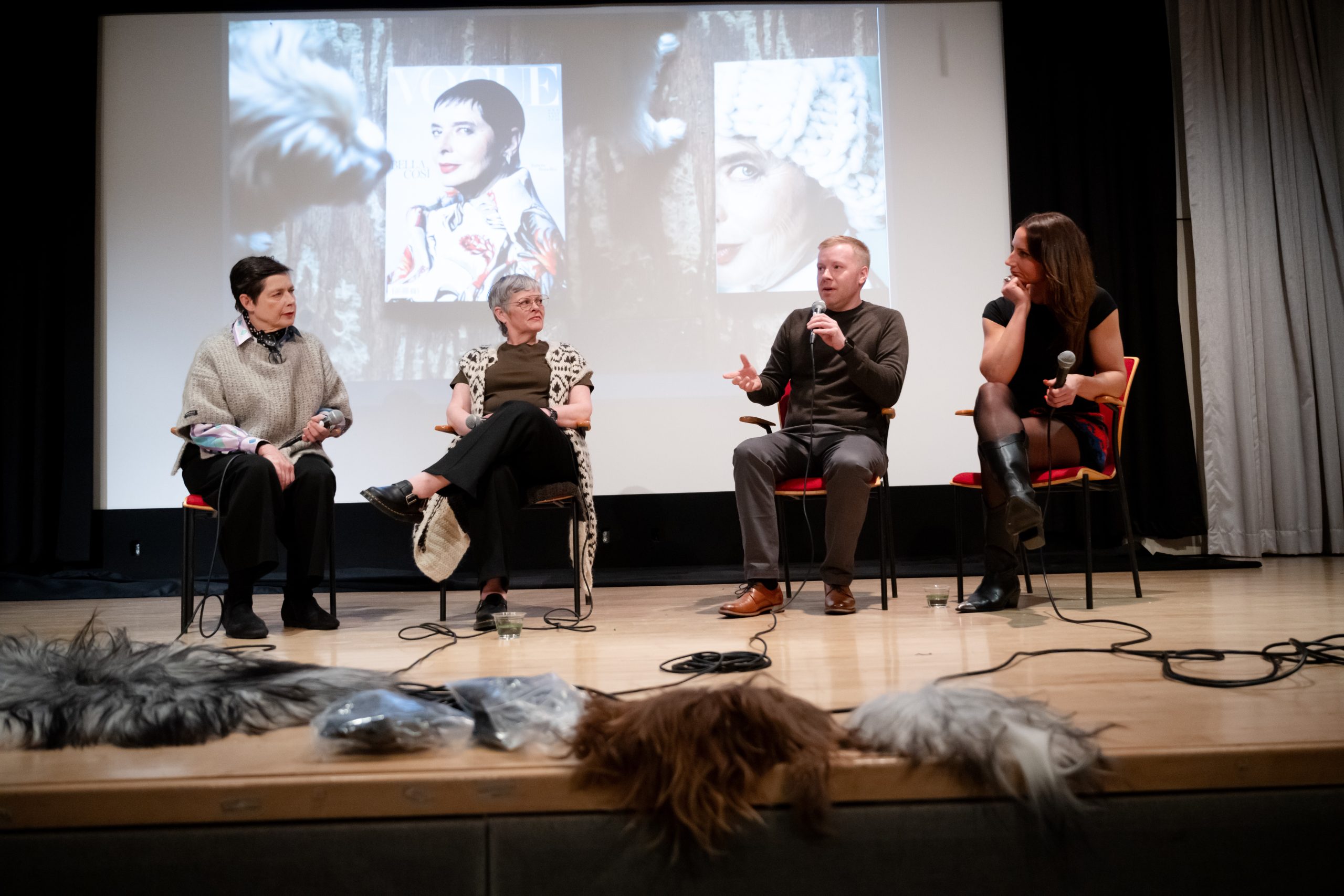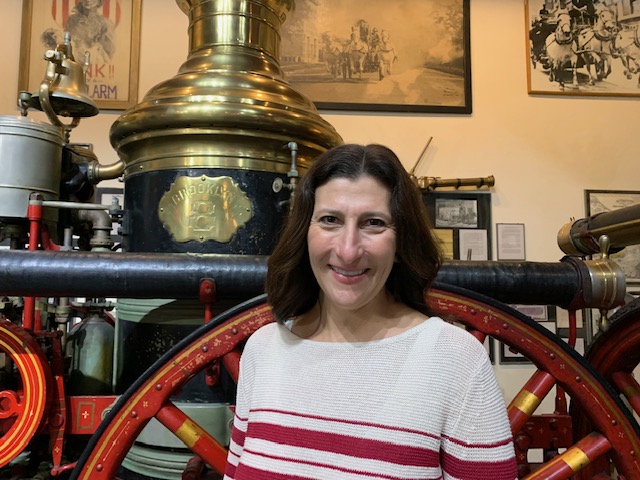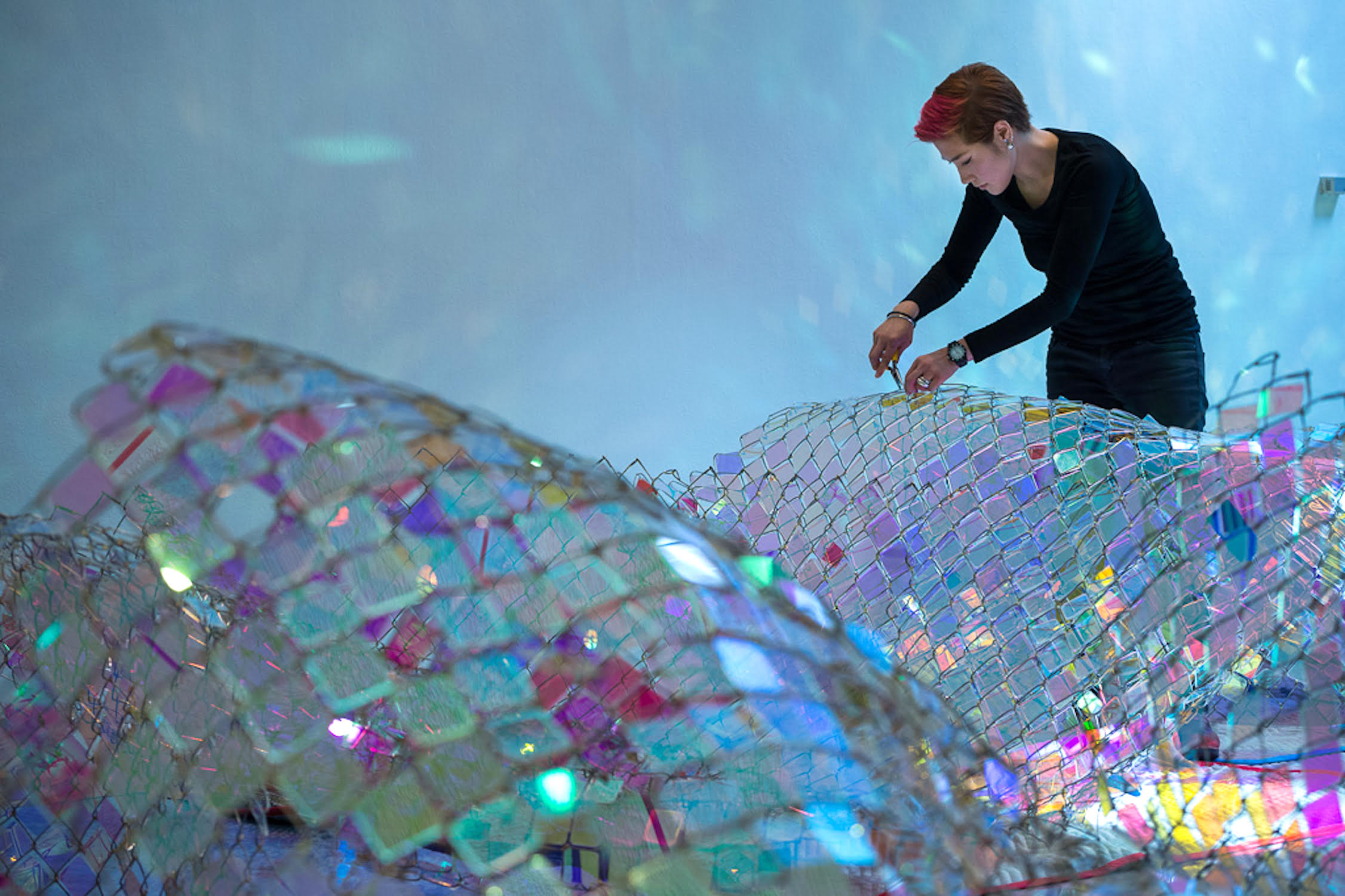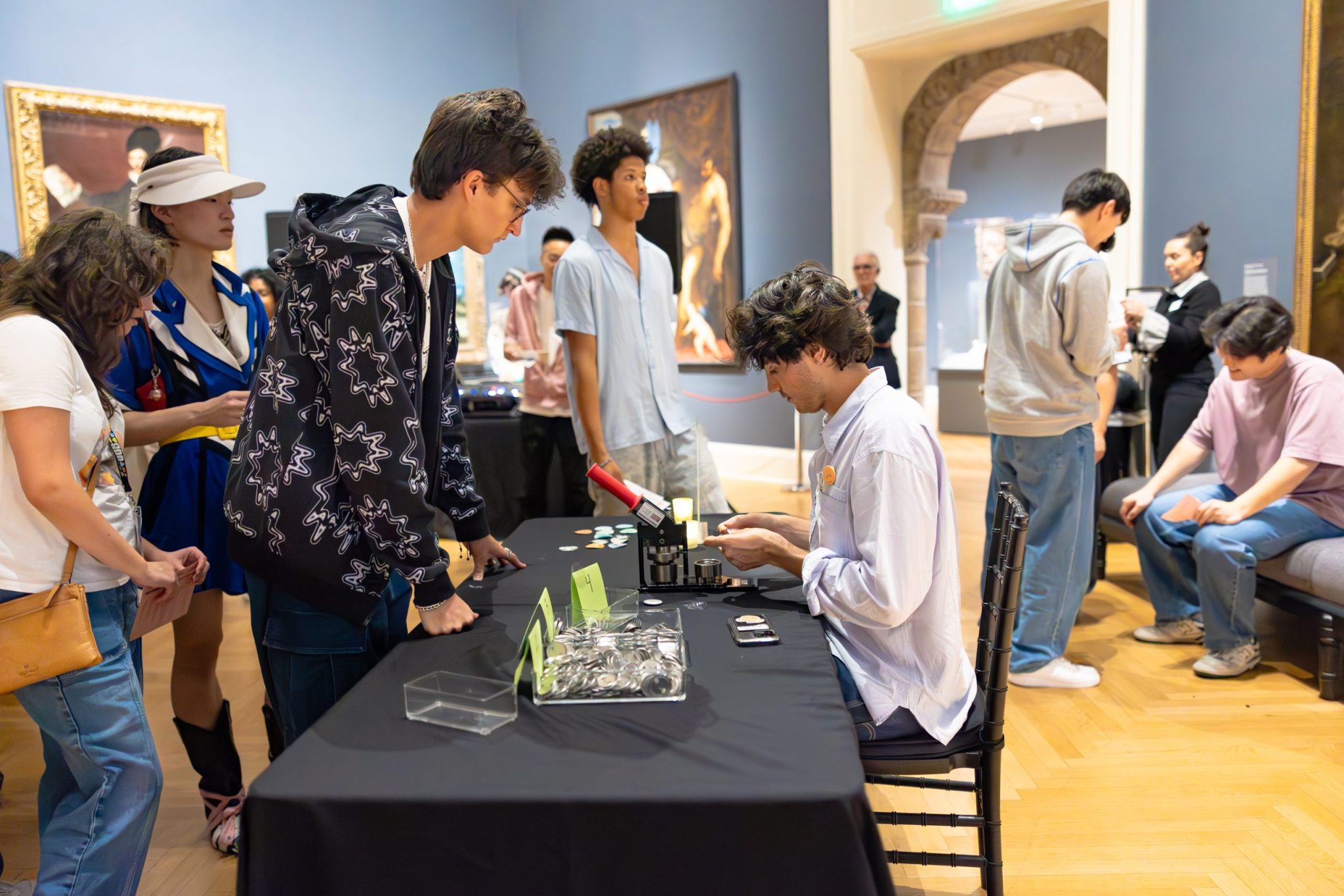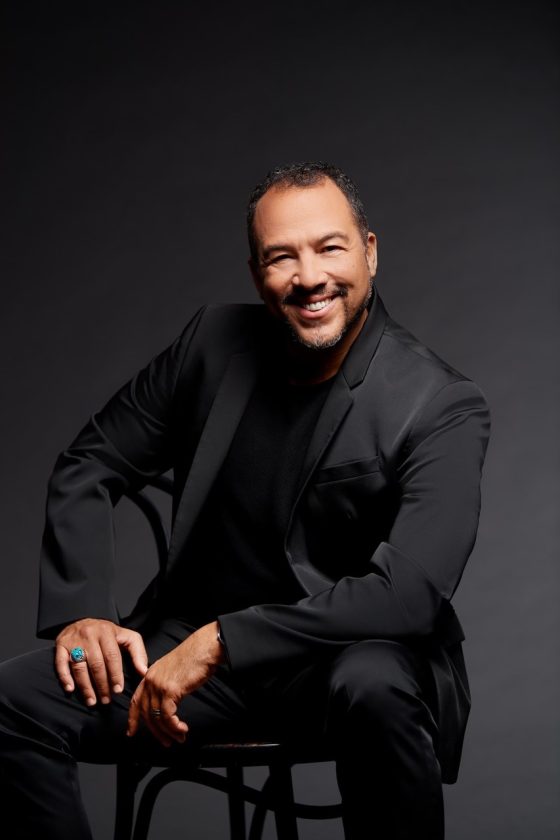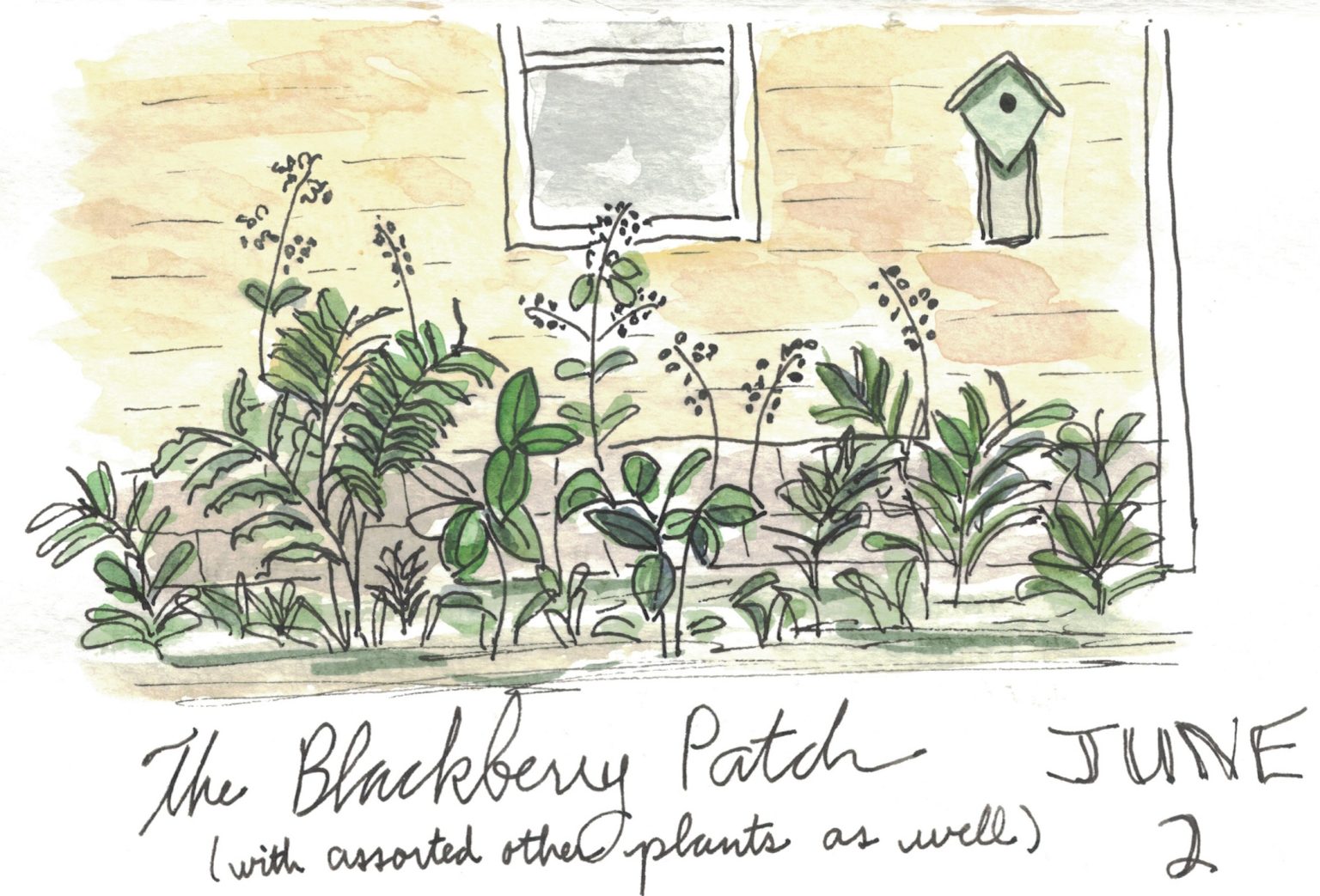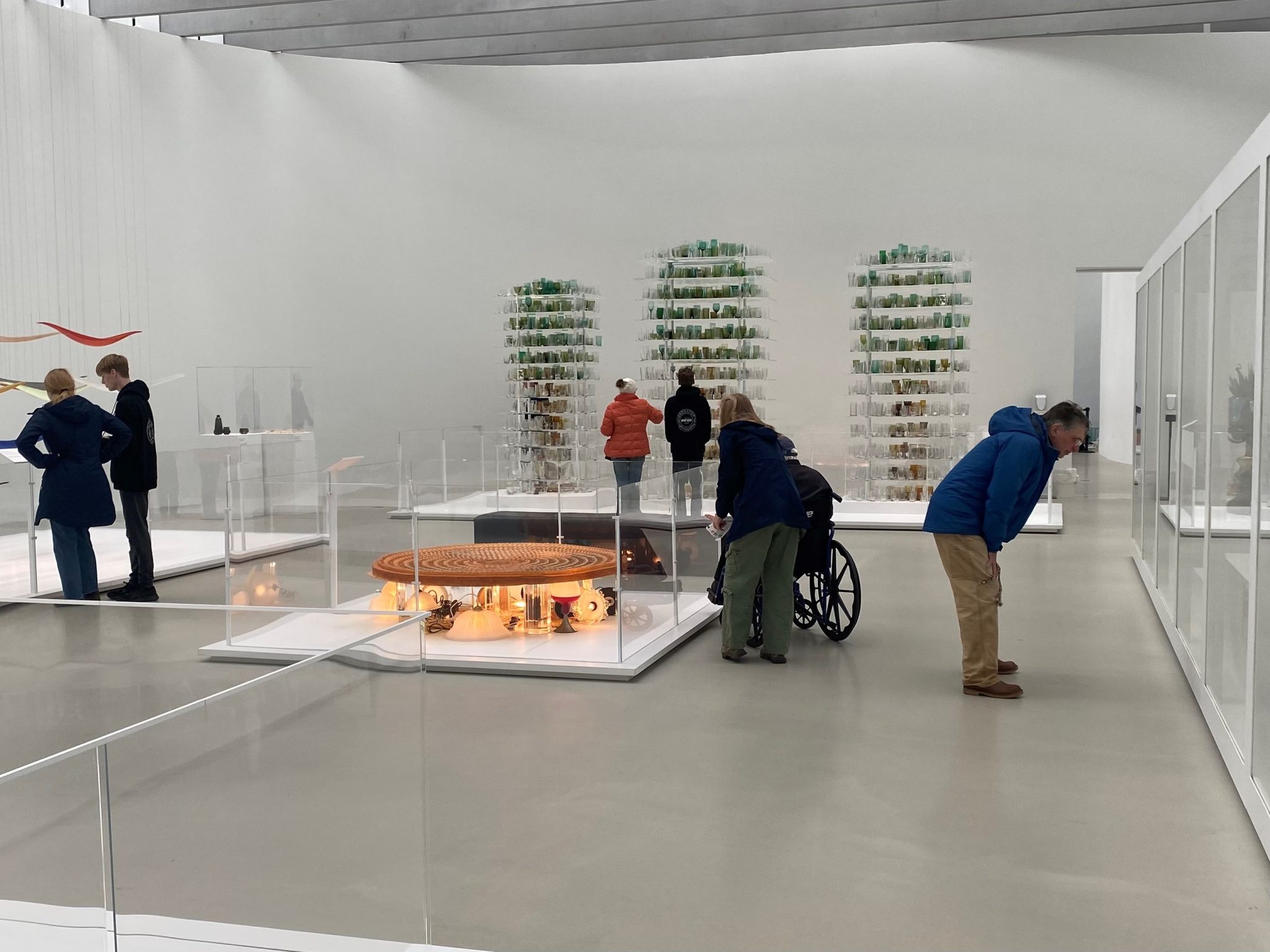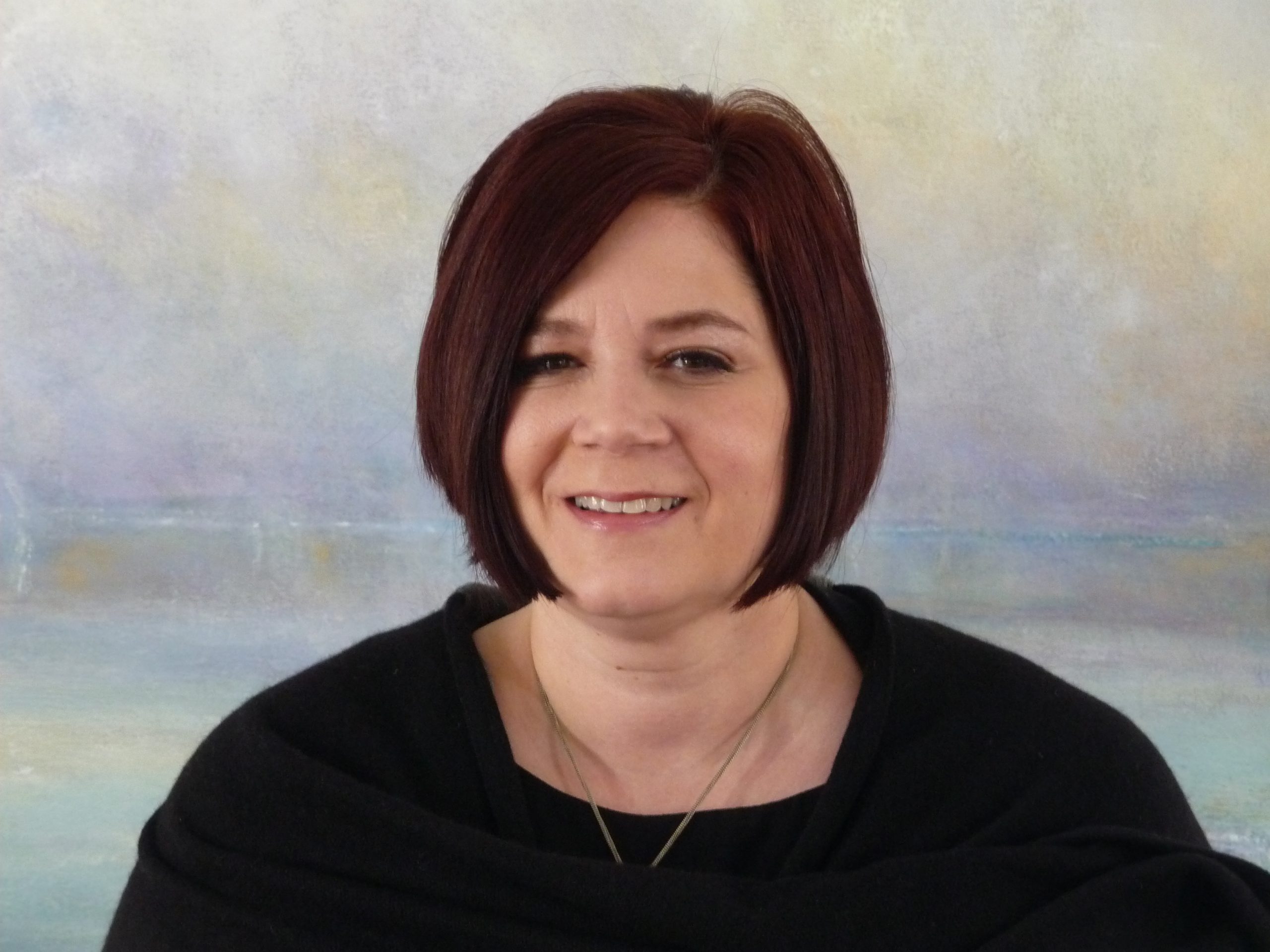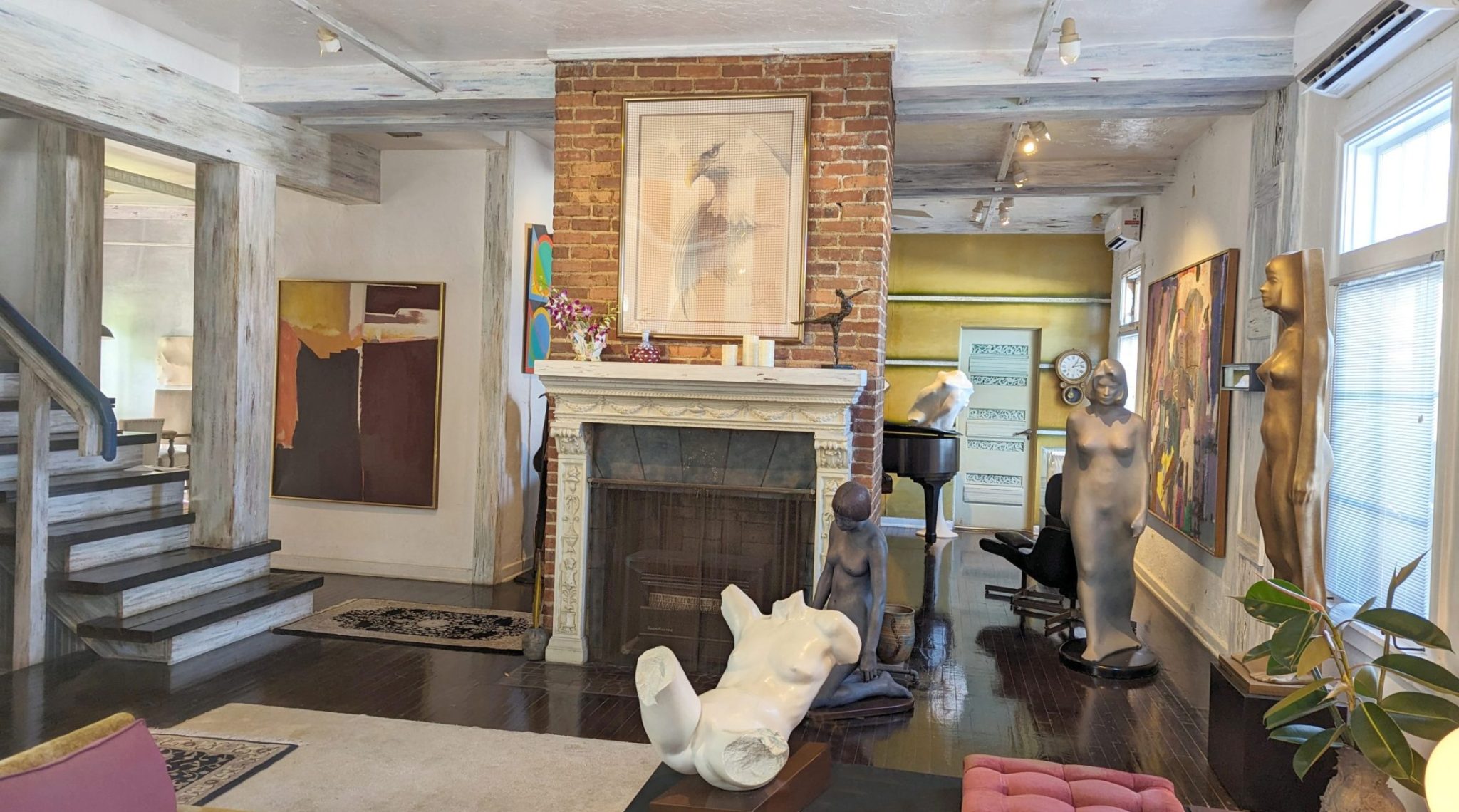Side of Culture has had the privilege of speaking with artistic leaders, artists, writers, and builders who are contributing to their communities in vital ways. In this article, we highlight thoughts and perspectives from cultural leaders, including from the New York City Fire Museum, the Historic Artists Homes & Studios (HAHS), the Rhode Island School of Design, and Ballet Hispanico. On a daily basis, they experience and demonstrate the power of the arts and culture to refresh local communities making them stronger economically, artistically and socially. Here are a few highlights.
From an SOC interview with Jennifer Brown, Executive Director of the New York City Fire Museum: “My career has been in the public sector and nonprofit for 20 years now. People who do this work are very mission focused and I have always been driven by wanting to create a sense of purpose in my professional life. There are only five of us who manage the museum so we all do a bit of everything and every day is different. People who do this work have to embrace this mentality. There is the curatorial component about the history; then there is the public facing component with special exhibitions and public programming and welcoming visitors five days per week. And, as I mentioned, there are school tours for fire safety education. Every day is different and depends on the programming and is, many times, event driven. Of course, I am also deeply involved in external relations and budgeting and financing. The volunteers are retired firefighters who also help with school tours, special projects, escort visitors and explain the artifacts. In fact, this is a big component of the visitor experience.”
________________________________________________________________________________________
From an SOC interview with artist Soo Sunny Park: “Art is about communication, reaching other people who might come from very different backgrounds. We put some art in museums, which is great. People show up to engage with, communicate with, the art, the artists, and each other. Public art works differently. We are going about our everyday business and then we encounter something, maybe unexpectedly, that makes us think. It reshapes the world we are in at that moment, and we carry that with us through our day. We make appointments to talk to each other, in meetings, at cafes, and so on. That is what museums are like. We decide we want to engage with artwork and go to a place that is built for doing that. Public art is like the unplanned, unexpected encounter. All of a sudden, we are thinking about ourselves and how we fit into the world a little differently because of what we met along the way.”
________________________________________________________________________________________
From Linda Cabasin’s article on the Rhode Island School of Design (RISD): Museum director Tsugumi Maki: “We see a future where art and design drive positive change, where community dialogue is essential, and where creativity thrives. We envision a world where the RISD Museum serves as a hub for creativity, a place where everyone feels empowered to learn, explore, and imagine a more inclusive and sustainable world.”
_________________________________________________________________________________________
From Side of Culture interview with Eduardo Vilaro, Artistic Director and CEO of Ballet Hispanico “Arts leaders today cannot just be arts leaders, we have to be advocates when we speak about the artistic process and about all people and raising all boats. It’s hard work; this is a huge country and there are so many people and there is so much uneven wealth in this country and so I am always wondering how can we raise all of the boats? Advocacy and expressing mission and taking the lead on thought leadership and speaking up for artists and against injustice but in an inclusionary way. It’s a tricky thing for a leader. The arts are not about politics but they can reflect politics and the arts are a reflection of who we are and our human condition.”
________________________________________________________________________________________
From artist Lori Erickson’s article on the arts and our brains: “A growing body of research shows that engaging with the arts is good for our brains. Activities such as playing an instrument, drawing a picture, or dancing a rumba release serotonin and endorphins that foster a sense of well-being and create new neural connections. They increase blood flow to the medial prefrontal cortex, the reward center of our brain, and lower stress by reducing cortisol levels. And here’s an encouraging research finding: you get the health benefits of the arts no matter how good you are at them.” “Arts and aesthetics can quite literally rewire your brain,” write Susan Magsamen and Ivy Ross in Your Brain on Art: How the Arts Transform Us. “They are a secret sauce that helps build new synaptic connections.”
_____________________________________________________________________________________
From Tom Farkas’s article on the Corning Museum of Glass: Beth Duane, marketing director of the Corning Museum of Glass, said: “I love to think of Corning, NY, in general, as having small town charm with global reach and global impact. When you walk through the Corning Museum of Glass, we kind of want you to forget about the world and be immersed in the experience. And find delight and joy in whatever shape and form that means to you.” Corning, NY, is not in the shadow of the state’s largest cities, nor is it in a sprawling metropolis. There is, however, a big reason to visit the town of 11,000 on the state’s Southern Tier. And it’s not because it’s the worldwide headquarters of Corning, Inc., but rather the adjacent Corning Museum of Glass, which just happens to be the largest museum dedicated to glass in the world.
_________________________________________________________________________________________
From an interview with Valerie Balint, director of the Historic Artists Homes & Studios: “It is an honor to welcome 19 new sites into the Historic Artists Homes & Studies (HAHS) network during this anniversary year. This extremely diverse group represents the richness and breadth of place-based art legacy in this country. It has been a pleasure to witness some of these sites evolve from nascent preservation initiatives to spaces of meaningful public engagement and to welcome them into membership alongside other more established sites that are at important moments of new expansion, innovation, and storytelling. All of these new Affiliate sites have much to offer the public audiences they serve, as well as their peers within the existing HAHS coalition. As with each site within HAHS, these inspirational new Affiliates are all worth a pilgrimage to experience.” See below for one of the HAHS members.

